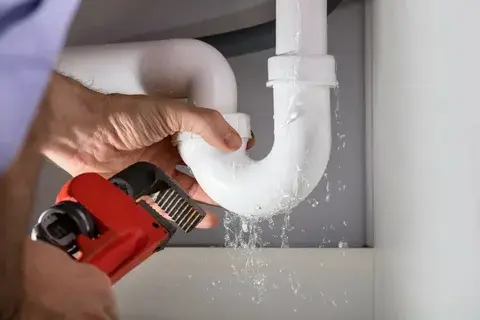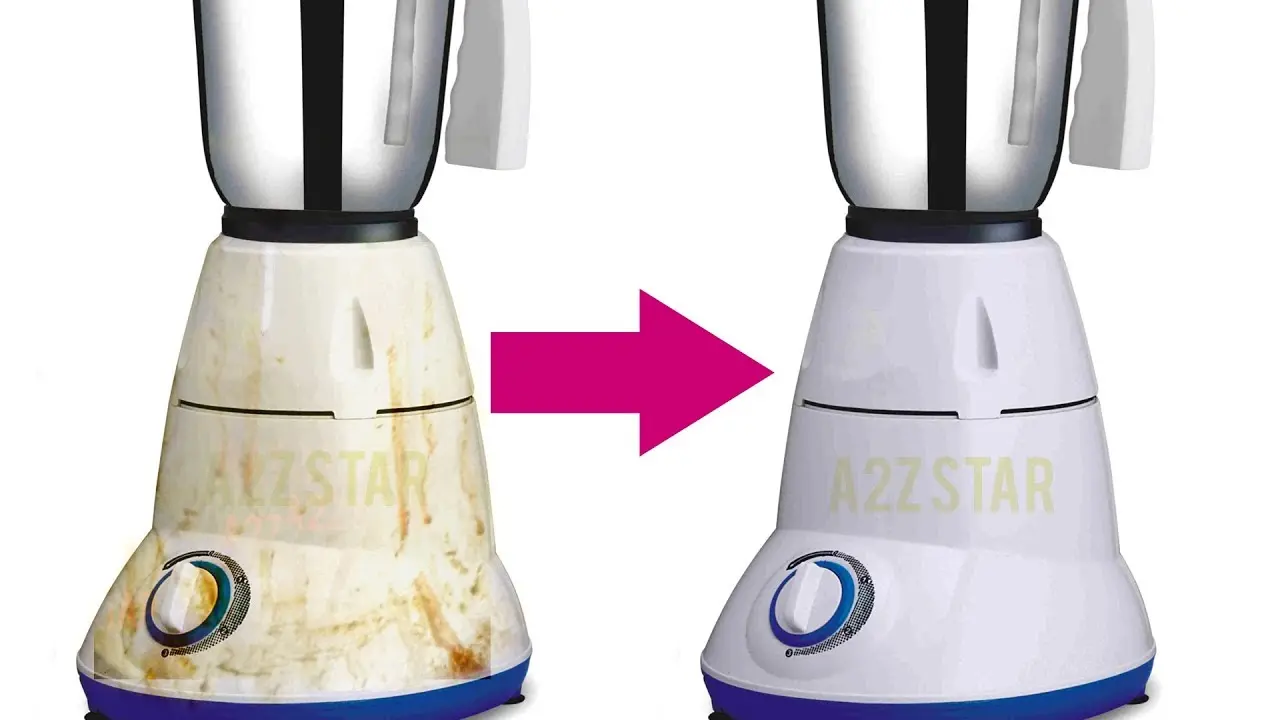The best cleaner for the job, without causing damage is a careful balance of techniques, and the right tools truly matter. No matter if you’re cleaning plumbing pipes, a smoking pipe, or an industrial pipe, regular cleaning helps prevent clogs, keeps things running smoothly, and prolongs the lifespan of the pipe in question.
If your tools are mean and nasty, it can scratch, corrode or totally whack the efficiency, so it is important to know what you are doing! First determine what kind of pipe you’re working with—metal, plastic, glass, or ceramic—and adjust your cleaning methods accordingly.
Natural options like baking soda and vinegar are gentle, yet effective for most pipes, while bespoke brushes and non-abrasive cleaners are practical for more fragile surfaces.
Understanding Pipe Materials
How to break the pipe surface for a method and how to finish the formula of methods. Pipes can be made from a variety of materials: plastic (PVC, PEX); metal (copper, steel); glass; and ceramic; and therefore, need a solution that’s specific for each type of pipe. Harsh chemicals can corrode metal pipes, so do your best to use gentle cleaning materials and brushes that won’t create abrasions.
Plastic pipes also respond differently to heat, so do not use hot water or high-pressure cleaning methods. Pipes, like those used for smoking, made from glass and ceramic can be scratched easily, so they should be cleaned with the utmost gentleness using tools like soft cloths and brushes.
Tools and Supplies Needed
To clean pipes effectively without causing damage, it’s essential to have the right tools and supplies. Start with non-abrasive brushes or pipe cleaners, which are gentle on surfaces and help remove buildup without scratching or damaging the pipe. A soft cloth or microfiber towel is useful for wiping down and drying pipes after cleaning.
To come up with cleaning solutions, natural ingredients such as baking soda and vinegar can do wonders for most types of pipes without affecting its functionality as they can break down residue. Another alternative is diluted mild dish soap in warm water.) Don’t use harsh chemicals, metal scrapers, or abrasive sponges — all of these can scratch, corrode, or weaken the pipe material. The right tools make sure to clean thoroughly, without piping damage.
Step-by-Step Cleaning Process
Cleaning: Pipe servicing is a stepwise move toward the perfect cleaning of pipes. Step 1: Disassemble the pipe, if necessary (this is particularly helpful for pipes with detachable parts.) Next, to clean any visible debris or residue, use a clean, soft brush or pipe cleaner. Keep tough buildup at bay by using a natural cleaning solution, such as a mix of baking soda and vinegar, then letting it sit for a few minutes to loosen the grime.
Use a non-abrasive brush or pipe cleaner to scrub the inside surfaces without scratching them. So you could rinse out the pipe very well with warm water to get rid of the cleaning solution and small pieces. Finally, dry the pipe with a silky cloth or towel.
Preventing Damage During Cleaning
Speaking of preparation – the step-by-step pipe cleaning procedure starts with preparation. E.g. you have inserts in the pipe, so you assemble the pipe first. Secondly, remove any visible debris or residue using a brush pipe cleaner Do this for tough buildup, applying the natural cleaning solution (such as a baking soda and vinegar mix) and letting this solution sit for several minutes to loosen the dirt.
Scrub the inside carefully with a non-abrasive brush or pipe cleaner. Then, thoroughly wash the pipe with warm water to help flush away any remaining cleaning solution and debris βθYour final step is to dry the pipe with a soft cloth or towel. You want to do so when the pipe is completely dry before you finalize the process.
Maintenance Tips
- You can learn to maintain a regular clean-up to avoid buildups and rough patches.
- Not dumping heaps of grease, oils, or big chunks of food into plumbing pipes to reduce blockages;
- Avoid using harsh chemicals; instead, use mild cleaning solutions such as vinegar and baking soda to protect the pipe material.
- Every time you rehab your smoking pipes, such as to make sure that restored material fails to dry up in the inner surfaces.
- Rinse all appliances well after cleaning to ensure no cleaning agents or residue remain.
- Store pipes in a dry, cool place to prevent moisture damage or weathering.
- Check pipes often for wear, cracks, or buildup.
- Cleaning them with nonabrasive tools (soft brushes, microfiber cloths) so pipes do not get scratched or dented.
FAQ’s
What is the first step in cleaning a pipe?
The first step is to identify the type of pipe material (e.g., metal, plastic, glass) to choose the appropriate cleaning method.
Can harsh chemicals damage pipes?
Yes, harsh chemicals can cause corrosion, scratches, or weaken the pipe material, leading to damage.
Why is it important to use the right tools to clean?
Having an appropriate toolkit, be it using non-abrasive brushes or soft cloths, means not scratching or damaging the pipe’s surface.
What can you do to stop those pipes from becoming clogged again?
Regular cleaning, adequate maintenance, and avoiding pouring grease or large particles down the pipe can prevent future clogs.
conclusion
Cleaning a pipe without causing damage requires thoughtful action and the right techniques and tools tailored to the material of the pipe. The best way to avoid clogs and ensure a smooth flow, no matter what kind of pipe it is, be it plumbing pipes or smoking pipes, is by performing regular maintenance.
If you want to avoid staining the pipe, one of the secrets to this is to avoid anything abrasive or harsh and clean it as you would the rest of the leaky pipe with baking soda and vinegar. Also, using the correct brushes and cleaners for each material type prevents scratches or damage.
As you can see, using these careful, damage-free techniques is the best and easiest way to keep your pipes in good condition longer, helping you avoid costly repairs and ensuring smooth functionality of all your investments for years to come.




